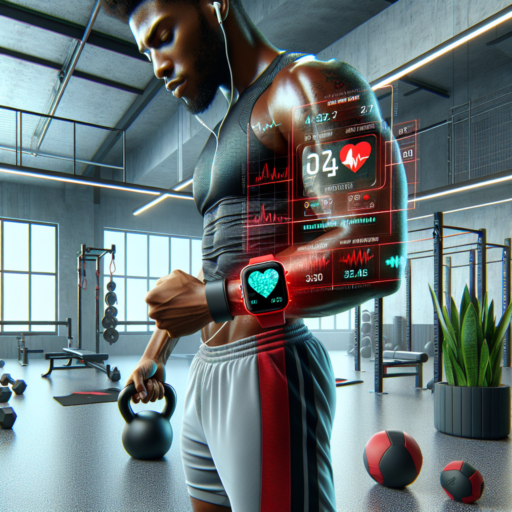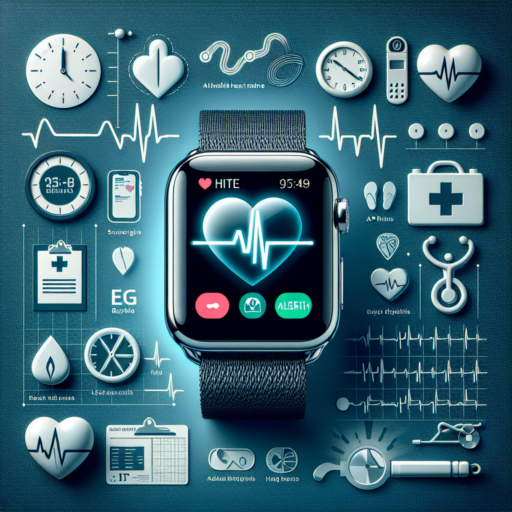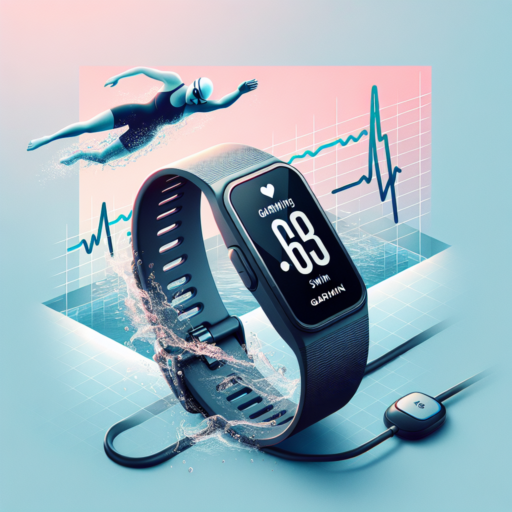What is the best heart rate monitor for exercise?
Choosing the best heart rate monitor for exercise depends largely on your specific needs, preferences, and the type of exercise you engage in. However, there are some standout models that have gained acclaim for their accuracy, reliability, and ease of use among fitness enthusiasts. Whether you’re a professional athlete or a fitness rookie, understanding your heart rate in real-time can significantly enhance your workout efficiency and safety.
Features to Consider
When exploring options for the best heart rate monitor, it’s important to consider several key features that can affect your exercise experience. Look for models that offer real-time tracking, comfort, and compatibility with other fitness devices or apps. Additionally, the choice between chest straps and wrist-based monitors is crucial, as chest straps often provide more accurate readings while wrist-based monitors offer greater convenience and comfort.
Top Picks for Heart Rate Monitors
- Chest Strap Monitors: Renowned for their accuracy, these monitors are preferred by athletes who require precise heart rate data to optimize their training regimes.
- Wrist-based Monitors: Ideal for day-to-day fitness tracking, these monitors combine heart rate tracking with other fitness metrics, making them a versatile choice for a broad audience.
Heart rate monitors are evolving rapidly, incorporating cutting-edge technology to provide users with comprehensive health and fitness insights. Whether you prioritize precision, convenience, or a blend of both, there’s a heart rate monitor perfectly suited to your exercise regimen. Remember, the key to choosing the best device is identifying your specific workout goals and preferences.
Should I wear a heart rate monitor while exercising?
Deciding whether to wear a heart rate monitor while exercising is a choice that can significantly impact your fitness journey. These devices, which once were exclusive to professional athletes, have become increasingly popular among fitness enthusiasts of all levels. Understanding how they contribute to your workouts can help you make an informed decision.
Heart rate monitors offer real-time feedback on your heart’s performance, allowing you to adjust your intensity for optimal results. This is crucial for both avoiding undertraining and overtraining. By keeping your heart rate within target zones, you can efficiently work towards specific fitness goals such as improving cardiovascular health, burning fat, or increasing endurance.
Types of Heart Rate Monitors
- Chest straps are known for their accuracy but may be considered uncomfortable by some users.
- Wrist-based monitors, found in most smartwatches, offer convenience and comfort but can sometimes lag in reporting real-time heart rate changes.
Moreover, heart rate monitors can motivate you by providing tangible evidence of your progress. Watching your heart rate decrease over time for the same level of physical exertion can be a significant morale booster. Whether it’s the psychological boost from seeing improvements or the strategic adjustments to your workout plan, incorporating a heart rate monitor could be a game-changer in how you approach your exercise regimen.
Is 170 bpm bad when exercising?
Understanding the implications of a 170 beats per minute (bpm) heart rate during exercise is crucial for those passionate about their fitness regimen. This number isn’t inherently «bad»; rather, it is contextual. The ideal heart rate during exercise varies significantly depending on a number of factors including age, fitness level, and individual health goals.
For many, exercising at 170 bpm can be a sign of pushing into high-intensity workout zones. High-intensity workouts are beneficial for improving cardiovascular health, endurance, and calorie burn. For athletes and individuals accustomed to rigorous training, sustaining a heart rate of 170 bpm can be within their target zone, particularly for short durations. However, it’s essential to understand your own body’s limits and consult with a healthcare professional to define safe exercise parameters.
Conversely, if an individual is new to exercise, has underlying health conditions, or is of an older age demographic, 170 bpm could signify overexertion. This underscores the importance of using heart rate monitors not just to achieve fitness goals but to ensure exercises are done within safe limits. Listening to your body and recognizing when a certain heart rate feels too intense is paramount.
What is the most accurate fitness tracker for heart rate?
When delving into the realm of health and fitness, monitoring heart rate accurately has become a cornerstone for athletes, fitness enthusiasts, and individuals looking to maintain optimal well-being. The quest for the most accurate fitness tracker for heart rate is not just about numbers, but about understanding and leveraging this data to improve health, performance, and recovery. In the ever-growing market of wearable technology, certain names and features stand out for their precision in heart rate monitoring.
Among the frontrunners, devices that utilize advanced photoplethysmography (PPG) sensors for heart rate tracking are often cited for their accuracy. These sensors work by shining a light on the skin and measuring the amount of light that gets absorbed, which varies with blood flow. This method, combined with sophisticated algorithms, allows for a detailed glimpse into heart rate dynamics, even during intense physical activity or at rest. The precision of these devices, however, can be influenced by factors such as device placement, skin tone, and even the level of physical activity.
Moreover, for those seeking the pinnacle of accuracy, devices that pair with chest strap monitors offer a solution. These trackers provide an electrocardiogram (ECG) level of accuracy, directly measuring the electrical activity of the heart through sensors strapped closely to the chest. This setup tends to furnish more precise readings than wrist-worn devices, making it a preferred choice for professional athletes and fitness experts. However, the convenience factor and comfort of wearing a chest strap compared to a wrist device must be considered.










